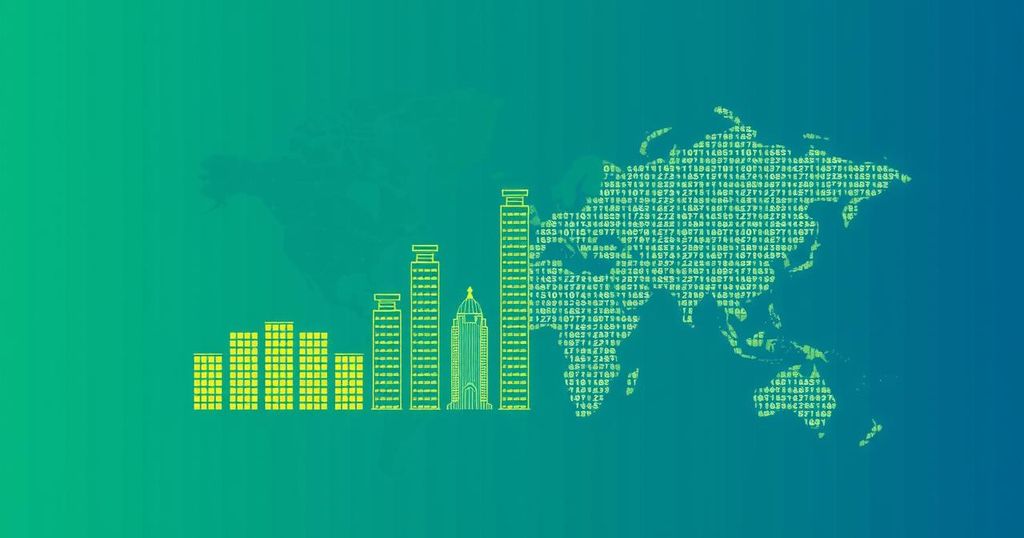Climate change
ASIA, AV, AVINASH PERSAUD, AZERBAIJAN, BAKU, CLIMATE CHANGE, CLIMATE JUSTICE, CONVENTION, ENVIRONMENTAL POLICY, EUROPE, FRANCE, GLOBAL WARMING, INTER - AMERICAN DEVELOPMENT BANK, INTERNATIONAL COOPERATION, IPI GLOBAL OBSERVATORY, MDBS, PARIS, PARIS AGREEMENT, UNITED NATIONS
Fatima Khan
0 Comments
The Role of Multilateral Development Banks in Climate Finance at COP29
The article discusses the ongoing challenges in climate finance, particularly in the context of COP29, which seeks to establish a New Collective Quantified Goal (NCQG) of at least $300 billion. It highlights the potential role of Multilateral Development Banks (MDBs) in overcoming financial stalemates by leveraging their capital effectively. The article emphasizes the need for MDBs to target equal investments in adaptation and mitigation and focus on vulnerable nations’ financial needs. Overall, it stresses the importance of innovative strategies and collaborations to secure necessary climate funds.
The Paris Agreement aimed for developed nations to mobilize $100 billion annually in climate finance by 2020, primarily to aid developing countries in climate actions. Although this goal was achieved in 2022, there remains a significant financial gap to address escalating climate needs. Developing nations will require $1.1 trillion in climate financing from 2025 and approximately $1.8 trillion by 2030, as emphasized by the United Nations Conference on Trade and Development. As the United Nations Climate Change Conference (COP29) approaches in Baku, discussions will revolve around establishing a New Collective Quantified Goal (NCQG) for climate financing, with civil society advocating for a minimum of $300 billion. However, a critical contention in these negotiations is the distribution of financial responsibility between developed and emerging economies, leading to a deadlock. Multilateral Development Banks (MDBs) could play a pivotal role in overcoming this stalemate due to their unique advantages in leveraging capital. MDBs are currently instrumental, supplying approximately half of the existing $100 billion in climate financing. Their AAA credit ratings empower them to borrow at low rates, magnifying their capacity to fund climate initiatives significantly. For instance, if developed nations contribute $20 billion annually to MDBs, they could potentially facilitate the mobilization of up to $380 billion for developing economies, enhancing their investment in climate resilience. Addressing the adaptation finance gap is crucial, particularly for the most vulnerable countries. Currently, MDB lending is skewed towards mitigation, leaving adaptation projects underfunded. By explicitly targeting equal investments in both areas, MDBs can enhance their impact on climate resilience. Moreover, MDBs must focus on providing long-term, affordable financing tailored to the needs of the least developed countries (LDCs) and small island developing states (SIDS), enabling them to invest effectively in resilience-building measures. To bridge the gap between political commitments and financial realities, MDBs must actively engage in innovative diplomatic efforts to influence developed country shareholders. The United Nations Framework Convention on Climate Change (UNFCCC) can further enhance MDB involvement by embedding provisions within the NCQG that advocate for sustainable, low-cost financial mechanisms for developing nations. This approach not only encourages MDB participation but ensures that developing countries can access the necessary funds to address their pressing climate challenges, ultimately fostering a collaborative environment focused on achieving ambitious climate finance goals.
In 2015, parties to the Paris Agreement set forth a target of mobilizing $100 billion annually in climate financing by 2020 to support developing countries in their climate initiatives. As the urgency of climate change grows, so too does the need for enhanced financial resources. The United Nations has indicated that developing countries will require an estimated $1.1 trillion by 2025 and $1.8 trillion by 2030 to effectively confront climate challenges. With COP29 on the horizon, discussions will center on a New Collective Quantified Goal (NCQG) for climate finance, amidst concerns regarding responsibility distribution among developed and emerging economies. MDBs are positioned to play a fundamental role in this financing landscape due to their ability to leverage capital effectively.
The path ahead for climate financing faces considerable challenges, particularly in achieving equitable distribution of responsibilities between developed and emerging countries. The potential of MDBs to leverage significant funds makes them a critical player in the upcoming negotiations at COP29. By advocating for equal investment in adaptation and mitigation, and ensuring tailored financing for the most vulnerable nations, MDBs can significantly bridge the existing financial gaps. As the UNFCCC facilitates the discussions, it is crucial for both MDBs and developed nations to devise innovative strategies to secure and mobilize the necessary climate financing to meet escalating global needs.
Original Source: theglobalobservatory.org




Post Comment